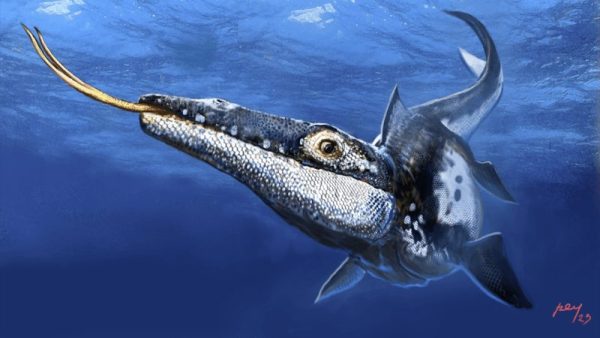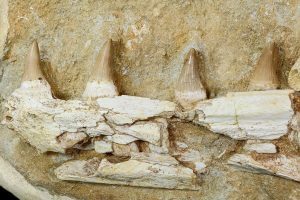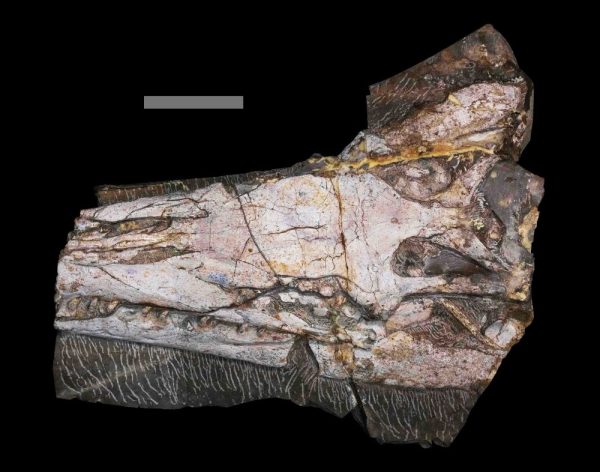Discovering new species is always an exciting venture, especially when it is a creature from millions of years ago. Recently, a new species of mosasaur has been unearthed in Mexico, dating back to the Turonian stage of the Late Cretaceous period, approximately 90 million years ago. The fossil, a near-complete skull, provides valuable insights into the ancient marine ecosystem of that time.

This mosasaur, named Yaguarasaurus regiomontanus, belongs to the extinct plioplatecarpine genus of mosasaurs. Mosasaurs were formidable marine reptiles that roamed the seas during the Late Cretaceous, coexisting with dinosaurs on land.
With its estimated length of 5.2 meters (17 feet), Yaguarasaurus regiomontanus represents one of the earliest known large mosasaurs, setting the stage for the larger species that would follow.

The discovery of Yaguarasaurus regiomontanus in Mexico is significant as it marks the first finding of its genus in the country. This new species sheds light on the rapid diversification and expansion of plioplatecarpines during the Turonian stage, showcasing the evolutionary path these creatures undertook in the marine realm.

Mosasaurs were known for their formidable jaws filled with conical teeth, suggesting they were adept at capturing and consuming a variety of prey, from fish to sharks to other marine reptiles. Yaguarasaurus regiomontanus, although modest in size compared to later species like Mosasaurus hoffmanni, played a crucial role in the evolutionary history of these apex predators.

Named in honor of the city of Monterrey (los regiomontanos), near the fossil site, Yaguarasaurus regiomontanus adds to the growing body of knowledge about the diverse marine life that once thrived in the ancient oceans.
As paleontologists continue to piece together the puzzle of prehistoric ecosystems, each new discovery like this mosasaur brings us closer to understanding the rich biodiversity of our planet’s history.

In conclusion, the unveiling of Yaguarasaurus regiomontanus in Mexico underscores the importance of paleontological research in unraveling the mysteries of the past. This ancient marine reptile offers a glimpse into a bygone era when giant mosasaurs ruled the seas, expanding our knowledge of the fascinating evolutionary journey of these incredible creatures.






